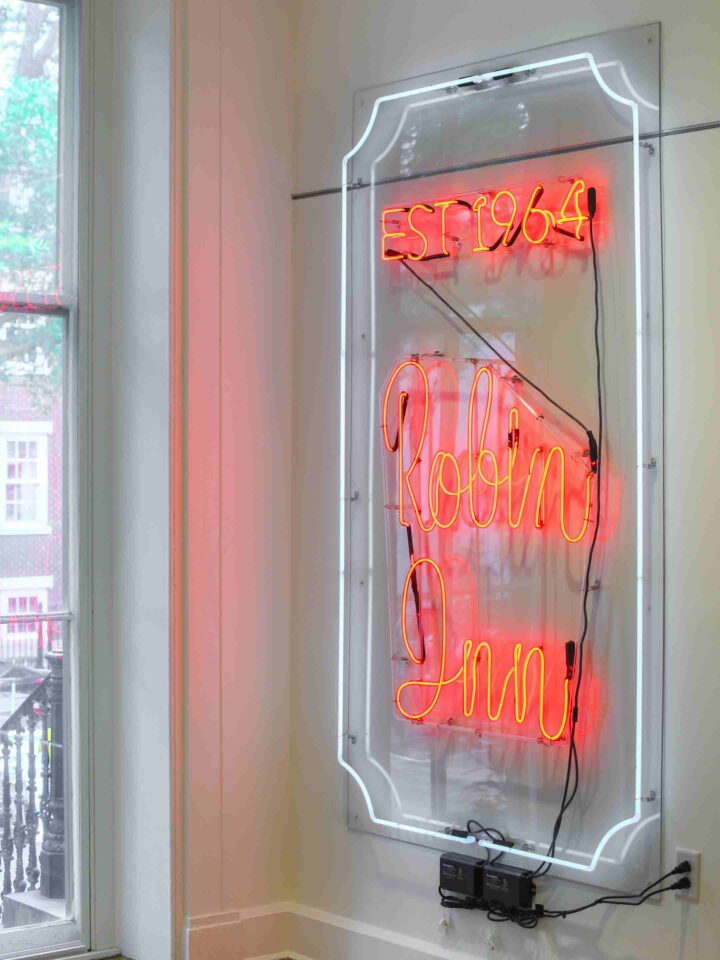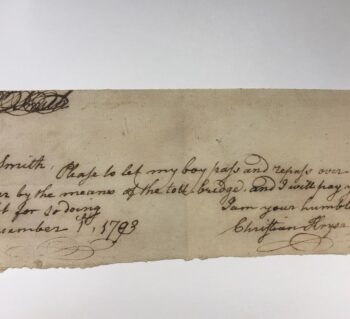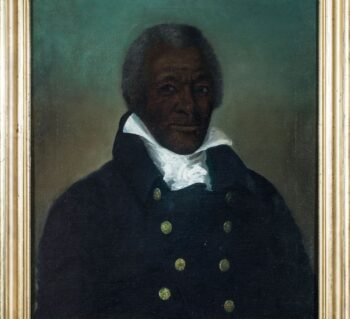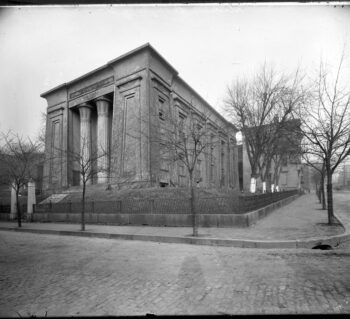
Mayo Bridge Pass from Abraham Cardozo, 1793
Collections in the Classroom
Grade Level
Elementary, High, Middle
Time Period
1785-1850: Building America
Resource Type
Post-visit material, Pre-visit material, Primary Source
Download Collections in the Classroom: Mayo Bridge Pass from Abraham Cardozo (pdf)
Language Disclaimer
This primary source is a historical document that uses words and expresses views that may be racist, sexist, homophobic or otherwise offensive. The Valentine does not endorse or support such terms or views. However, we recognize that these documents contain important historical information and context. As such, we present them in their original form without editing, redacting or deleting content.
ESSENTIAL QUESTIONS
- In this note, the writer, Abraham Cardozo, is giving permission for three men to cross into Richmond and for one of them to return. Why do you think these men were traveling into Richmond and why is only one person returning?
CONTEXT
The Mayo Bridge, built in 1780, was the first bridge that allowed the villages on the southside of the James to access Richmond. This rudimentary toll bridge was operated by James Mayo and was prone to breaking and being washed away. This pass is part of the Valentine’s Mayo Bridge papers and provides insight into the system of urban slavery post Revolutionary War. While the individuals who are given permission to cross the bridge are not named, they may have been enslaved. At this time in Richmond, enslaved individuals had to carry written permission like this one – which allowed them to move throughout the city.



